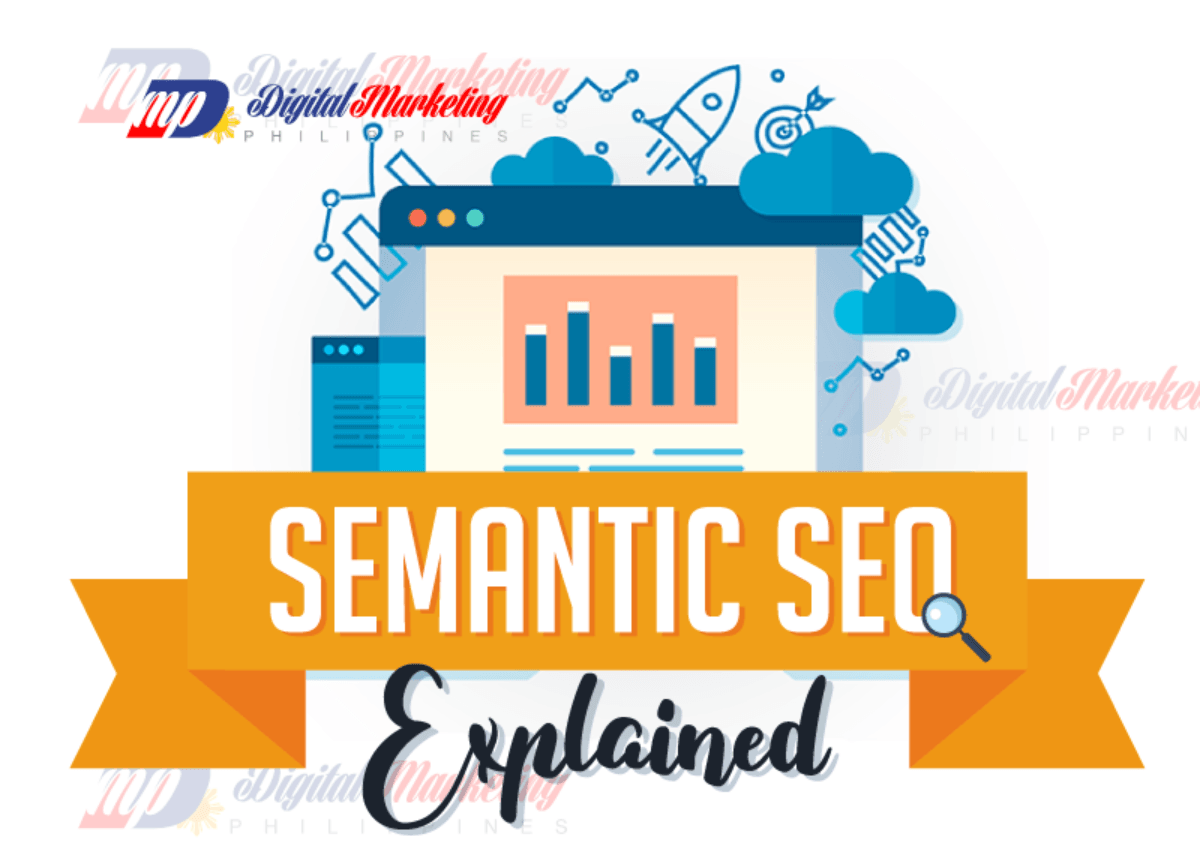As the Information Era reaches its peak, technologies that focus on web searching keep getting more sophisticated and smarter, like a constantly evolving organism. The advent of Google’s Hummingbird algorithm in 2013 and the succeeding RankBrain component in 2015 is arguably the greatest among these technological leaps. These significant updates put Artificial Intelligence or AI, and Natural Language Processing, or NLP, as staple addition to this giant’s searching systems, raising the processing capabilities that search engines can make ever higher. At present, Google operates using semantic search, giving rise to a system dubbed Semantic SEO.
It is the reason why users would see suggestions, sometimes even hilarious or weird ones, coming up when they typed in a question in a search box.
Q3 2019 hedge fund letters, conferences and more
But what exactly is Semantic SEO, how does it help in making digital marketers maximize its potential?
Semantic Search Engine Optimization, or Semantic SEO, as the word suggests, is a form of search engine that works based on the contextual meaning of a word group typed in a search box.
Through semantic searching, users will get results based on the relevancy of the word combinations they used and how the system understood the gist of it, instead of just looking into the keywords.
The algorithm that this SEO has pushes it even further to decode how the words connect into one another, and what is the resulting context that tells the original intention of the one who’s searching.
According to one example, instead of combining the word “Empire State Building,” together with the word “height” to clarify that the user wants to know the exact measurement of the Empire State Building, “How tall is the Empire State Building?” can be used instead.
Semantic SEO, to explain it, is just a conversational search engine that understands what the users mean even while typing ambiguous questions, akin to just asking information from another human being.
Marketing impact
And while this impressive form of a search engine has dominated the web, and in turn, the marketing world for quite some time now, it is still something that perplexes business entrepreneurs.
For those new into the business of digital marketing, perhaps SEOs are one of those learning curves that need to get grasped adequately as soon as possible.
Gone are the days when fledgling digital marketing business would flood an online article with keywords in hopes that they will get the uppermost spot in the search engine database. Today, SEO is more dedicated to establishing meaningful and relevant articles, even without using many keywords into it.
Thus, optimizing the way businesses show content on their page is a standard prerogative. Making an article the best answer to a searcher’s query is now the protocol everyone has to follow, to ensure that they can get the topmost ranking in Google’s search engines.
How can semantic SEOs be fully utilized and what are the crucial steps that need remembering?
The primary step lies with a carefully planned structured data markup. It refers to the metadata that the engine reads to see if the content matches with the user intent and the query’s search context, usually added as an HTML code for telling the engines the specifics of certain pages.
Data markup enrichens the page content, allowing it to have its contents fit into what the users are searching for.
And while noteworthy to see that even though SEO companies such as Google, Yahoo! and Bing, to name a few, don’t rank the contents of the page using data markups, it helps in enhancing the page’s relevance.
This significance is what catapults the page into a higher Search Engine Results Page or SERP ranking afterward.
Alright, but what benefits can businesses reap into this amazing digital feature?
Having a page content that caters precisely to the needs of users searching for it can provide compelling advantages. An established marketing presence, superior control over branding through fruitful results, and enhanced voice search capabilities are leading factors that can help business throughout.
Also, an increased flux of web visitors, improved insight from Google Analytics, and a more strategized content based on the data and demographics of the visitors are very enticing rewards.
Search engine optimization has come a long way since its inception and has now become a necessity amid the digital age, and one thing is for sure: as this technology progresses, so does business who rely on it must too.
Semantic SEO is a challenging platform that digital marketing business must capitalize on if they want to succeed in their endeavors. The question that remains is, who’s up for the challenge?
For more information about this, check out this cool infographic below brought to you by Digital Marketing Philippines:






